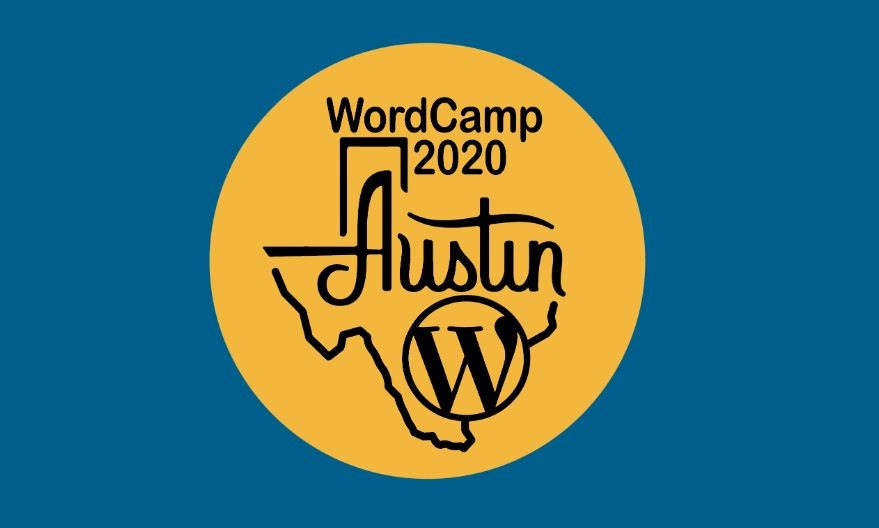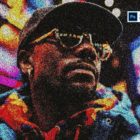WordCamp Austin 2020 attendees are raving about their experiences attending the virtual event last Friday. It was no secret that the camp’s organizers planned to use Hubs Virtual Rooms by Mozilla to create a unique environment, but few could imagine how much more interactive and personalized the experience would be than a purely Zoom-based WordCamp.
After selecting a custom avatar, attendees entered the venue using a VR headset or the browser to check out sessions or network in the hallway track.
Speaker and Q&A sessions were broadcast through Zoom but organizers can also embed YouTube videos and streams within the standalone VR environment.
“The VR experience was the most life-like WordCamp experience I’ve had since the start of global lockdowns,” attendee and speaker David Vogelpohl said. “You could attend sessions in one of two virtual presentation halls depending on what track you wanted to see at that time. The speaker presented on a virtual stage and you could see the other attendees watching the presentation.”
Vogelpohl said he enjoyed his experience getting to know others in the Slack and VR venue. Organizers preserved the general vibe of the “hallway track” to recreate what is arguably one of the most valuable aspects of in-person WordCamps.
“In the hallway track between the virtual presentation halls was a large foyer where you could meet new people, spot a friend speaking with someone else, and virtually step aside from a group conversation to have a private conversation,” Vogelpohl said.
“It was great to see folks like Josepha circling around speaking with attendees, Josh Pollock nerding out in a corner with a group of advanced WP developers, and having random friends drop into a conversation I was having with a group of others. While VR WordCamp doesn’t wholly replace the value of attending a WordCamp live, a lot of the best parts of meeting and collaborating with others was captured in the VR context.”
The live music interludes, which showcased talents from around the community, also provided a way for virtual attendees to stay connected while waiting for the next session.
WordPress core contributor Anthony Burchell, who started a company dedicated to creating interactive XR sound and art experiences, was the creative director behind the WordCamp Austin’s VR backdrop.
“For WordCamp Austin we wanted to give folks something to be excited about outside of the typical webcam and chat networking,” Burchell said. “I feel that virtual events are not utilizing the networking layer nearly enough to make folks feel like they are really at an event. I’ve seen many compelling formats for virtual events utilizing webcams and chat rooms, but in the end, it feels like there’s been a missing element of presence; something video games and virtual reality excel at.”
Setting up the virtual world involves spinning up a self-hosted instance of Hubs Cloud, which Burchell said is very similar to the complexity of making a WordPress site.
“The most time consuming part of creating a 3D world for an event is making the 3D assets for the space,” Burchell said. “In total I streamed 11 hours of video leading up to the event to give a glimpse into the process.”
Burchell’s YouTube playlist documents the incredible amount of work that went into creating the WordCamp’s virtual venue for attendees to enjoy.
“While it took quite a bit of time to prepare, the code and assets are completely reusable for another event,” Burchell said. “A lot of the time was spent trying to make the space purpose built for the goals of the camp. Much like a real WordCamp, I found the majority of folks packing into the theater rooms for presentations and dipping out a little early to network with friends in the hallway area. That was very much by design!”
Burchell and the other organizers were careful to ensure that the Hubs space was not the primary viewing experience of the camp but rather an extension of the networking activities that attendees could drop in on. The event had nearly identical numbers of attendees joining the virtual space as it did for those joining the video channels. At the end of the afterparty, Burchell turned on flying for all attendees to conclude the successful event:
“With Hubs we were able to give attendees the ability to express themselves within a venue vs within a camera and chat box,” Burchell said. “It was incredible to see characteristics of folks in the community shine through a virtual avatar! Just the simple act of seeing your WordCamp friends in the hallway joking and chatting just as they would at a real life event was enough to make me feel like I was transported to a real WordCamp.”





